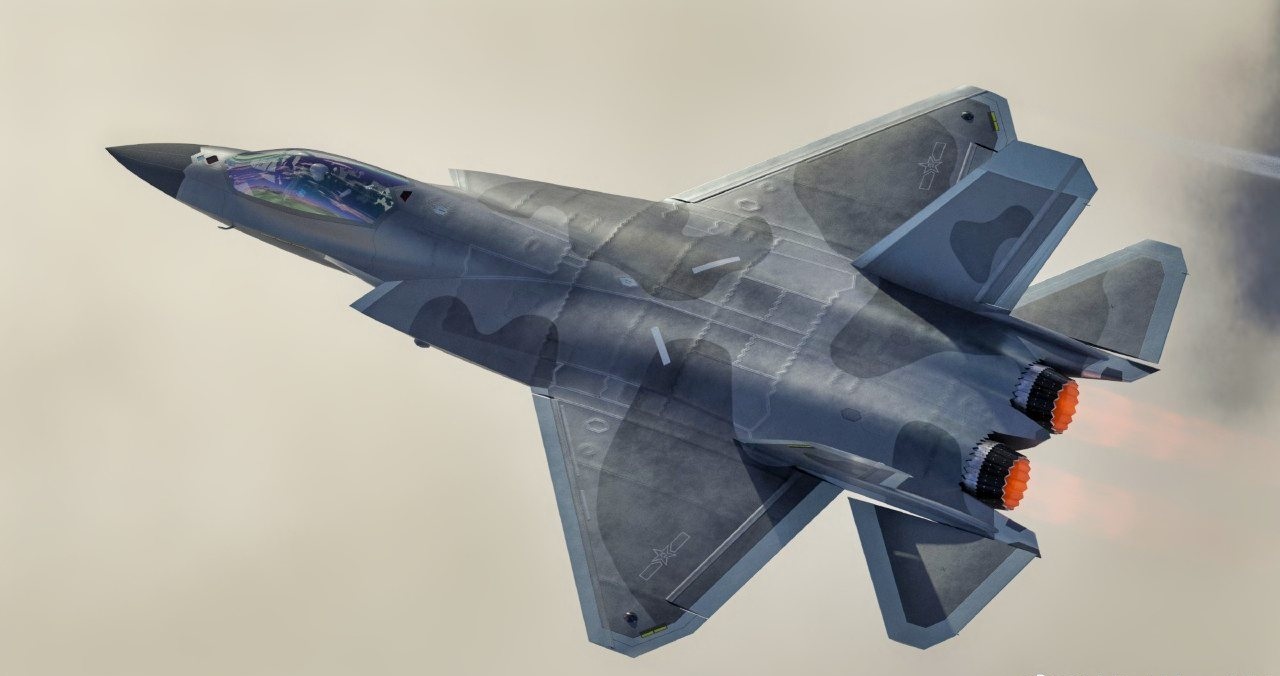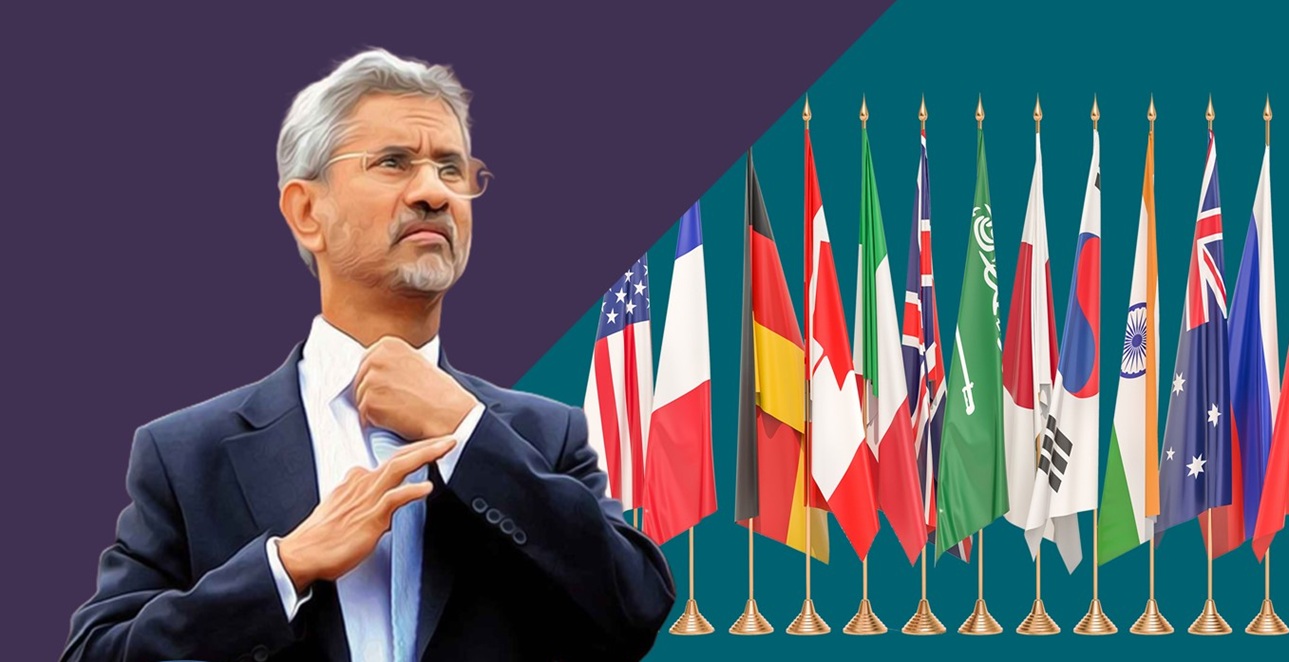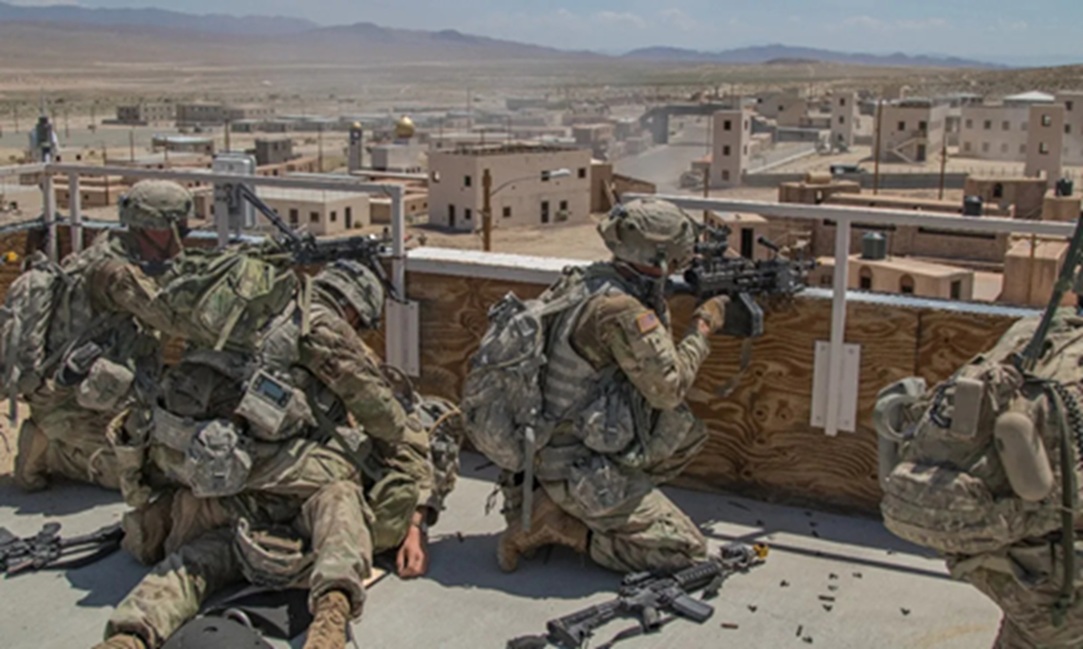Naval Data Link Communication Environment Command Control Computers, Communications and Intelligence (C4I) systems for Intelligence, Surveillance and Reconnaissance (ISR) have undergone a sea change with the ever-advancing communication network and power for information processing. With low flying sea-skimming missiles and hypersonic missile threats, the reaction time available to detect track and classify target is very small. It requires automatic processing of the sensor data, multi-sensor data correlation, threat assessment based on the speed, direction to engage the same with the most suitable weapon. The C4I systems are essential to:
- Defend and protect all domains
- Make better, faster decisions
- Access trusted, actionable intelligence in real-time
- Shorten the sensor-to-shooter timeline
- Gain 360° situational awareness
- Execute more successful, efficient missions
The requirement of all three services are different though with Special operation Forces, there is a dire need for interoperability. Indian Navy is a blue water Navy operating an aircraft carrier and has a large number of ships deployed over the Indian ocean and now far east with emerging threat scenario. The Indian army has a very long and hostile border area in the north and western front to defend. Indian Airforce has a vast area of operation and with the missile threat and supersonic aircraft, the ISR operations and launching the attack require split-second decisions. All three services, therefore, require secure communications across long ranges. The information received from a large number of sensors needs to be processed in the Command centres for quick decisions.
Each service over the last three operates have been building the network-centric capabilities, the Indian Navy inducted its first computerised Command and control system onboard ships in the early eighties. The system was linked to all the onboard sensors and weapons through high-speed data bus and Interfaces. The raw radar picture received from radars was processed and the plots and tracks were generated by the video extractors. Multi radar correlation was performed to accurately estimate and track the target position. Based on the speed, angle of arrival and other inputs from Electronic warfare systems, the target threat evaluation was computed for all the Air targets every second and common operating picture was displayed to the operators in the operation room of the ship. All the defensive and offensive actions were performed as per defined warfighting doctrine programmed in the system to engage the targets with the most suitable weapons. The system had the surface warfare, subsurface and air warfare operations controlled by the operational software running in the CMS system computers. The threatening targets could also be passed on Link 11 type of system to the accompanying ships and aircraft in the fleet through UHF, VHF or HF modems connected to the Link controller. The satellite communications were not available for command and control function at that time and the Inmarsat was primarily used for rescue missions at sea.
Navy has made huge progress in the Command and Control and Communication network since then. Every ship is fitted with the state of art command and control system having the much more advanced sensors and weapons. 3 D stabilised phased array radars provide highly accurate target detection and tracking capability using multiple beams steering techniques. A typical ship has about thirty sensors and weapon systems including navigational systems, Gyros, Inertial navigational system, GPS, Navigational and surveillance Radars, Short- and Long-range Guns, Electronic warfare system Active and Passive Sonars, Towed decoy, Chaff launchers, Short- and long-range Torpedoes, Surface to Surface and Surface to Air Missiles, a couple of helicopters carrying Torpedo and or missiles. Managing data from so many systems is humanly impossible and the Combat Management System which is integrated with all the weapons and sensors is the central Command and Control system for all operations, most of them automated or assisted automatic operations to reduce the reaction time.
As the Navy operates in Blue waters far away from its shore the Navy was also the first service to get its own communication satellite for long haul communications. With the Induction of P8I and UAVs, the Command and Control systems have become much more complex with high-speed telemetry links to transfer the critical ISR information in real-time to the ships and aircraft and Command centres for appropriate action. The Navy has been continuously upgrading its Communication networks and the Combat Management systems onboard ships and aircraft. Navy also started its datalink project many years ago and along with CMS, a LINK 11 type of Data Link system and functions were embedded in the CMS to realise seamless communication between the Ships and Aircrafts operating at sea. These systems are now interfaced with the Satellite Communication systems to achieve wide-area connectivity. However, with the emerging technologies, secure communications across the glove remains a challenge with the Cyber Security threat. Navy has therefore launched phase 2 of the Naval Communication network project with the local Indian companies to upgrade its networking capabilities. This network will give the Indian Navy digital defence supremacy at par with the best naval forces in the world. It includes the creation of an independent high-capacity end-to-end communications network, linking multiple Indian naval sites and India-administered islands. It will include setting-up of highly secure data centres and Big Data content delivery networks that are software-defined.
The Joint operations amongst the services have further extended the complexity of the command and control operations with inputs from a large number of systems of the other two services. The operations are over the Global range which can only be covered by the Satellite Communications connecting seamlessly to all fixed and mobile assets.
Naval Data Link Communication Environment

While the Navy was building its command and control system capabilities over the last three decades, both Airforce and Army have also been upgrading their communication and Command centres. To provide a big boost to the operational capability of defence forces, the Cabinet Committee on Security (CCS) has recently given its approval for Army Static Switched Communication Network (ASCON) Phase IV of the Indian Army at an estimated cost of around Rs 7796.39 crore to M/S ITI. This is going to be an upgrade on the existing Asynchronous Transfer Mode Technology to Internet Protocol (IP) / Multi-Protocol Label Switching (MPLS) Technology. Also, Optical Fibre Cable (OFC), Microwave Radio and Satellite will be used for communication. In any operational scenario with almost 80 per cent indigenous content, this system is expected to provide better survivability, responsiveness and high bandwidth. It will enhance the communication coverage of the network closer to IB/LC/LAC. Through this network, the high bandwidth communication will extend to the remote operational areas in the Central and Eastern Sectors. And will also reach to the forward locations in the Western border. This whole project is expected to augment the communication network of the Indian Army in the sensitive forward operational areas.
Airforce has also implemented its Integrated Air Command and Control System (IACCS) for controlling and monitoring of air operations by Air Force. The information-sharing involves sharing of the critical data through dedicated links among Navy, Army and Civil Radar network also. The IACCS system receives data from different types of homogeneous/ heterogeneous radars (2-D or 3-D), generate reports from mobile observation posts and integrates other data elements from various other Air Force bases or Civilian agencies viz Air Traffic Control, Air Force Movement Liaison Unit including airborne AWACS to create a real-time comprehensive air situation picture at Command & Control centre. A large VoIP (Voice over Internet Protocol) layer with stringent quality of service enforcement facilitates robust, high-quality voice, video and conferencing solutions, an automated command and control system for Air Defence (AD) operations, ride the AFNET backbone integrating all ground-based and airborne sensors, AD weapon systems and C2 nodes. All major formations and static establishments have been linked through a secure Wide Area Network (WAN) and are accessible through data communication lines. The Indian Air Force has already established Command and Control nodes using AFNET backbone. The primary objective to deploy such an integrated solution derived from all airborne and ground-based civilian and military radars around the country is to ensure any intrusion by a hostile aircraft, helicopter, drone or micro-light can be detected and tackled as soon as it takes place. Indian Air Force is also using ISRO Satellite Centre, GSAT-7A similar to Indian navy’s GSAT-7 which enables IAF to interlink different ground radar stations, ground airbase and Airborne early warning and control AWACS.
The Joint operations amongst the services have further extended the complexity of the command and control operations with inputs from a large number of systems of the other two services and all three services have a long way to go to achieve seamless connectivity and joint operations with ever-changing threats, communication technology using satellite and space communications across the length and breadth of the country and its island territories and far beyond where these Forces are required to operate.
Satellites have been in the inventory of modern militaries and used for navigation, accurate delivery of ordnance over long distances, and Intelligence, Surveillance and Reconnaissance (ISR) tasks. The two Gulf Wars and the global war on terror demonstrated that satellites were game changers and facilitated accurate targeting of terrorists and their hideouts with little collateral damage. SpaceX has recently added 60 new satellites to the Starlink internet constellation, an internet service project which aims to provide broadband services across the globe and has plans to launch nearly 12,000 satellites into orbit to provide high-speed broadband internet at locations where access is “unreliable, expensive, or completely unavailable. SpaceX has received orders from the US Space Development Agency (SDA) for satellites that can track and provide early warnings of hypersonic missile launches. The satellites are part of the SDA’s Tracking Layer which will work in conjunction with the proposed Transport Layer (constellation of between 300 and 500 satellites) and will provide “low-latency military data and connectivity worldwide” to military assets.
The Basic Exchange and Communication agreement (BECA) recently signed with US will help India get real-time access to American geospatial intelligence that will enhance the accuracy of automated systems and weapons like missiles and armed drones. Through the sharing of information on maps and satellite images, it will help India access topographical and aeronautical data, and advanced products that will aid in navigation and targeting. BECA will provide Indian military systems with a high-quality GPS to navigate missiles with real-time intelligence to precisely target the adversary.
The future ISR shall be driven by the environment” driven by the Fourth Industrial Revolution (4IR) technologies that are smart and intelligent, use predictive-cognitive tools and algorithms, and drive autonomous, unmanned and remote-controlled platforms, robots and machines. Some of the frontline technologies of 4IR are Artificial Intelligence (AI), Machine Learning (ML), Big Data, cloud computing, Augmented Reality (AR), Quantum Computing, Cognitive Computing (CC) and Internet of Things (IoT) are gathering momentum and finding use in supporting ISR operations. These operations therefore are highly complex and Technology driven and India has to be self-reliant in these areas. It requires strong Research and Development by the local Public and private industry to use these technologies in the Civil domain and customise for the Defence with added layers of security. We still have a lot to do at the core of these technology in fabrication of future communication components and devices which require lot of investments. The 5 G and 6 G technologies will further add to the capability as well as complexity. Are we technology ready for adaptation of these technologies and compete with our neighbours in design and development of future systems? There is a need for perspective plan for 4th generation technology revolution and its deployment in Defence Forces. The pace of development is so fast and it will be a challenge for our companies to keep pace.
Title image courtesy: https://projectredhand.wordpress.com/category
Disclaimer: The views and opinions expressed by the author do not necessarily reflect the views of the Government of India and Defence Research and Studies
References:
http://ficci.in/events/22716/ISP/4-Nikos-Ghikas.pdf Netcentric Naval warfare through Data Links
https://economictimes.indiatimes.com/news/defence. CCS clears Rs-7796-crore-communication-network-for-indian-Army
https://www.stl.tech/blog/varun-in-the-service-of-the-nation/ Indian Navy project Varun
http://forceindia.net/cover-story/bigger-impact// The IAF’s shift to IACCS is a major step towards Net Centric Warfare








